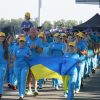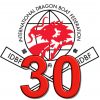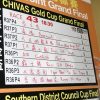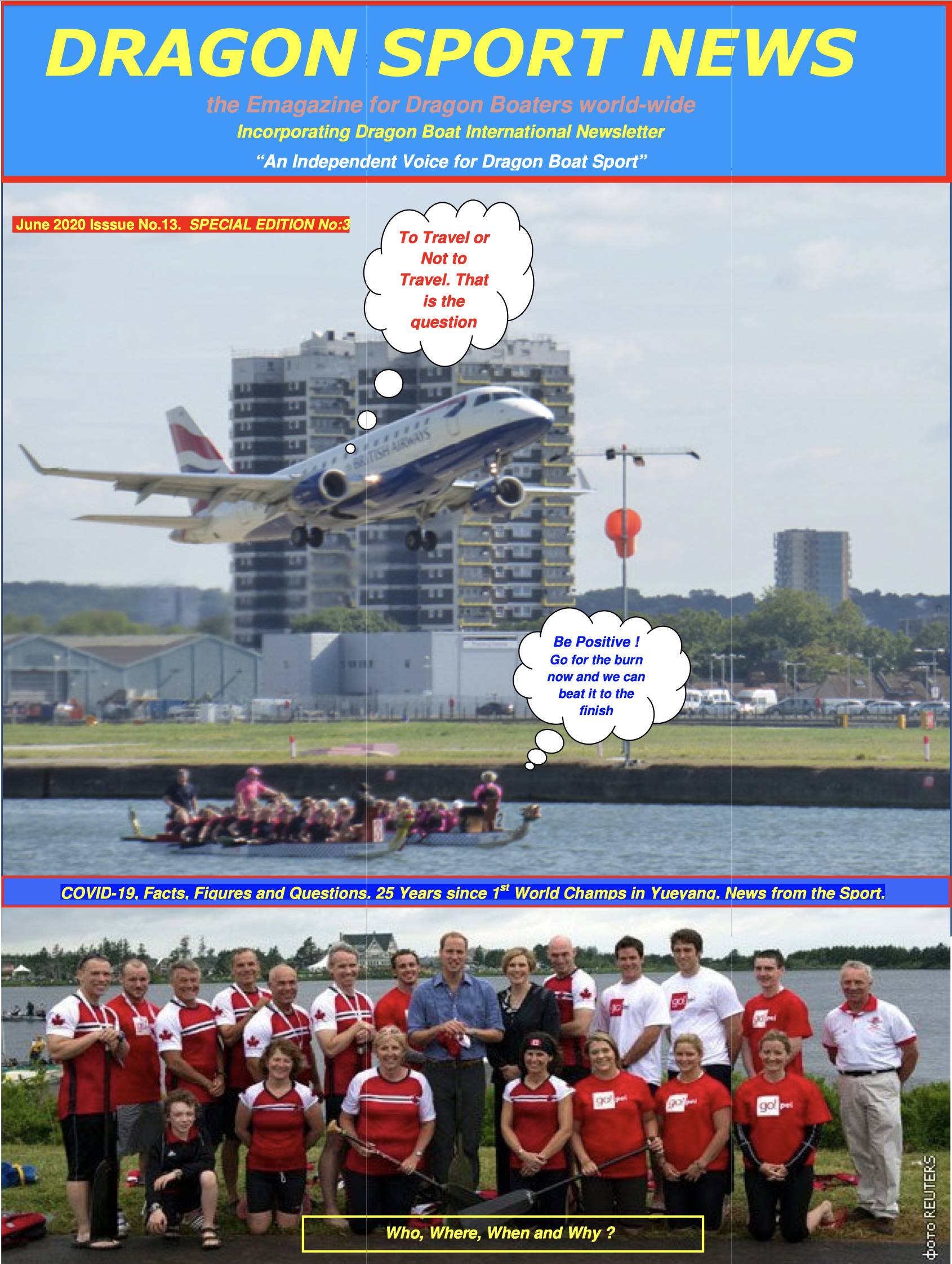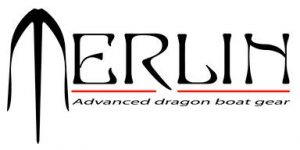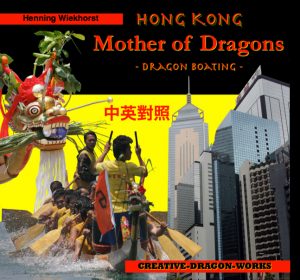Although dragon boats have been around for about 5000 years, used in rituals to please river dragons during a festival of “rain-making” at the beginning of the summer, the legends of Qu Yuan spread the traditions and celebrations about dragon boating as we know them today.
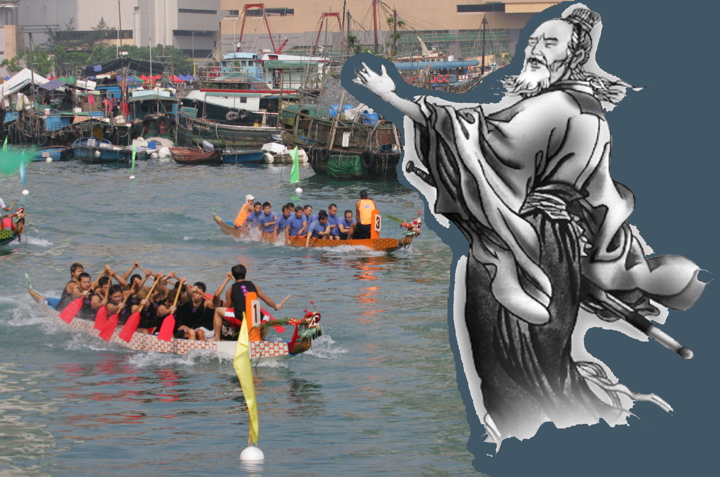
Qu Yuan lived during the Warring States period, about 2300 years ago, and drowned tragically in the Mi-Lo river in Hunan province. At the time, China consisted of six kingdoms, with the Chu and the Chin the biggest. After several wars, the Chin emerged undefeated and formed an empire. It is believed Western languages settled on the name “China” from that time.
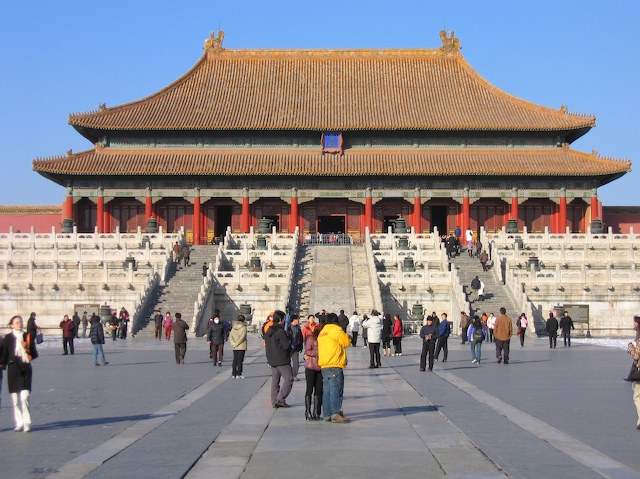
Qu Yuan is said to have been the Chu Emperor’s advisor and widely regarded as a wise and honourable man who always cared for the people. But others close to the Emperor were jealous of Qu Yuan, and caused their leader to doubt him. When the Emperor disregarded Qu Yuan’s advice, he was defeated by the Chin, captured and imprisoned.
The loyal Qu Yuan was troubled and wrote a poem called Li Sao (The Lament). The poem nowadays is still regarded as a model for classical Chinese poetry.
Some legends say the new Chin Emperor was angered by the poem and ordered Qu Yuan into exile. Unwilling to leave and heartsick, Qu Yuan decided to drown himself. When some fishermen saw what he was doing, they raced out in their boats to try to rescue him. They were too late to save his life, but brought back his body, banging drums and the like to scare off hungry fish.
Another story says Qu Yuan was so deeply disappointed about the lies and betrayals that led the old Emperor to be defeated, he wrote the Li Sao and committed suicide by jumping into the river. In this version, people banged drums to keep fish away while they searched for the body.
Reading the Li Sao, you get the impression that Qu Yuan may well have written it in exile and then drowned himself. It’s like a last farewell.
Whatever version you prefer, all agree that mourners started throwing rice into the river. Either they wanted the spirit of their beloved and honoured Qu Yuan to have something to eat, or they needed to distract the fish from his body.
In any case, they packed the rice in leaves or bamboo rods, adding beautiful decorations. Those decorations tend to suggest they were indeed honouring the spirit of Qu Yuan, because the practice is mirrored at other Chinese festivals. For example, at the Gwai Chi, or Hungry Ghost Festival, people give food and pay hell money, or pretend money, to the ghosts of their ancestors to keep them happy.

At some dragon boat races today, fishermen throw pieces of coloured paper into the water, sometimes burning them first and casting the ashes into the deep. This may symbolise giving money – more important than rice in today’s world – or it may be a gift to the spirits of the water.
Today the Qu Yuan episode is an annual festive celebration that takes place on the fifth day of the fifth month of the Chinese lunar calendar. It’s known as the Dragon Boat Festival or Poets Day. And it still honours Qu Yuan as a great man of the people, who believed in loyalty, honesty, respect and true, committed friendships.

Away from China’s lakes, rivers and coasts, people celebrate the day by gathering together and eating rice dumplings. But where there’s water, people remember Qu Yuan with boat races or by rowing big, exhibition boats with 100 or more crew.
From region to region, village to village and family to family, the race competitions have developed over time and, depending on the size of the society competing, boat sizes will differ. Race rules show similar variations.
In order to have enough competing boats in smaller societies, boat sizes are adjusted to cater for fewer paddlers. Likewise in larger communities, boats will be bigger so that the number of boats doesn’t make organising the race impossible.
Currently the smallest boat accommodates eight paddlers and one steering man, but no drummer. It’s known as a Baby Dragon. The largest racing boat, the Big Dragon, has 50 paddlers, one steering man and one drummer.
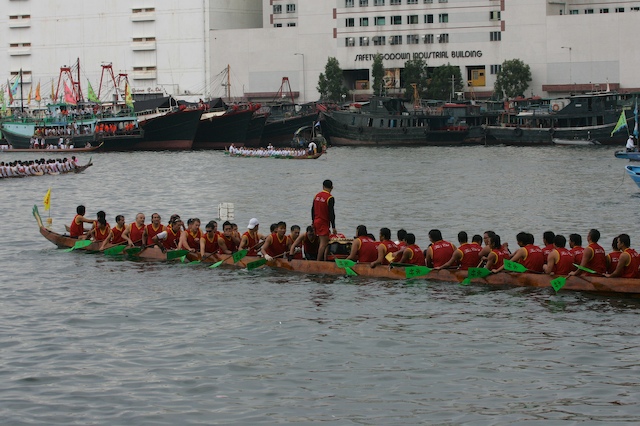
The boats typically race over a distance ranging from 180 metres to 1000 metres. But there are also long-distance and marathon races, especially in China, where larger boats are used.
Given the fact that dragon boats have existed for ceremonial purposes for perhaps more than 5000 years, and that a rescue attempt is unlikely to have meant covering a long distance of some 30 kilo-metres, you can see that different traditions are at work.
The same may be said of the name: dragon boat. If someone is drowning and needs rescuing, you wouldn’t think about what kind of boat you were going to use, you just would take the first one availaavailable! So why are these boats now called dragon boats? It seems turning normal fishing boats into dragon boats must have developed later, together with the tradition of competitive racing.
There are two possibilities, and in combination they might explain why the boats are regarded as dragons.
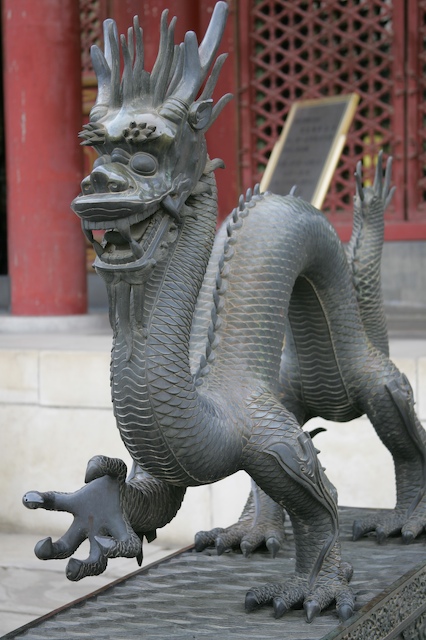
In Li Sao, Qu Yuan describes his journey from earth to heaven as riding on a dragon. It may be a mark of respect to conduct the annual races on dragons. In addition, the dragon is the highest and strongest being people in China can imagine. In the past, Chinese emperors were the highest and strongest men, keeping law and order in the country as well as defending it from attackers. This made them a dragon of the people.
More widely, dragons are associated with good spirits that strive always to win. Turning boats into symbolic dragons may have been a tactic to stimulate the spirit of the paddlers.
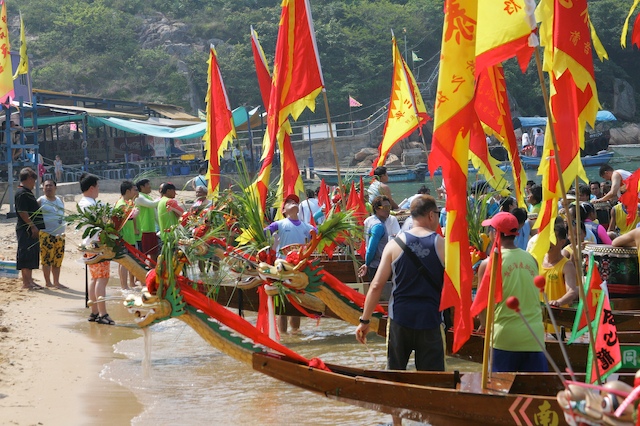
Chinese mythology contains many dragons. They live in the seas to the West and East and in every mountain. Even clouds are said to house dragons. Kowloon, which is the peninsula opposite Hong Kong Island, actually means Nine Dragons. It refers to the eight mountains that surround the peninsula and an emperor who once hid there.
Of course, dragons going to the water for a dragon boat race come from the land. To prevent a clash with water dragons, which could have major and unfortunate consequences, traditional races are prefaced by ceremonies at which foods such as rice, sweets and jasmine tea are offered.
Everyone gets a bit: the many gods and spirits as well as the water dragons. It’s designed to calm the waters before the “race-dragons” enter.
South China is pretty much the centre of dragon boat racing. And as southern Chinese fled the Communist Revolution of 1949 to come to Hong Kong, the city became a potpourri of traditions, offering plenty of opportunities for water-related activities.
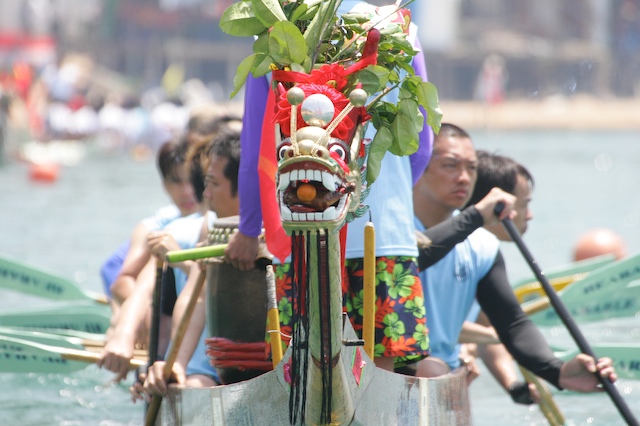
Such opportunities led to more racing. Soon, a number of small dragon boat events were being organised outside the fifth day of the fifth lunar month, and the tradition started growing into a sport.
These days, most racers are really there for the sport – tradition is secondary – and in Hong Kong’s developed dragon boat scene, invitation races are common. This means the number of participating teams can be more easily controlled.
These races are mainly the so-called Fishermen races, and often are regarded as family competitions with long family histories. Here you can find all possible variations on boats and rules.
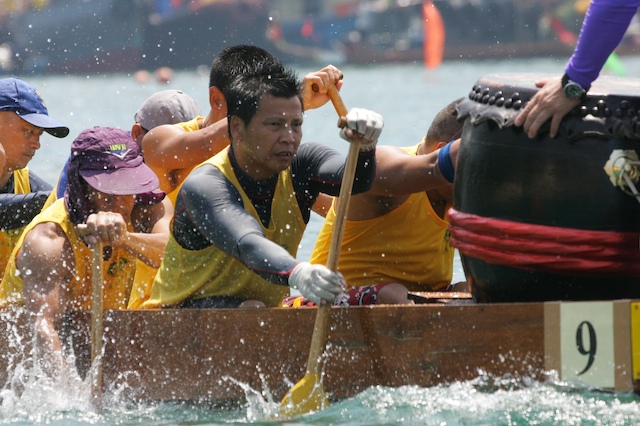
If you are lucky enough as a foreigner to know the right local people, you will find yourself in a very pleasant, unique and traditional atmosphere where people and competitors have known each other for years and always have a good time. It’s an insight into how racing came to be so popular, because these events have long pedigrees!
In olden days, even races run during the Dragon Boat Festival were open only to local teams. Women weren’t allowed to participate because of the ancient belief that they were unclean during menses, while men were banned if a parent had died less than 49 days, or 7 x 7 days, previously.

In modern times, Hong Kong has become not only a place for fishermen but a place of business, drawing many foreigners, or expatriates, from all over the world. To keep a balance, mentally and physically, in their hard, computerised and unsocial working lives, many expats turn to sports for leisure.
If they also have an interest in Chinese and other Asian cultures, dragon boat racing is an ideal antidote. It gives expats the chance to team up and socialise with locals, fostering mutual understanding.
The unique thing about dragon boating is that the whole team sits in one boat. Everybody’s performance is decisive; you can’t snatch a break as in soccer or basketball.
Foreigners in Hong Kong developed such an interest in dragon boating that by the end of the 1960s, they’d formed their own teams. That prompted a rethink for big races.
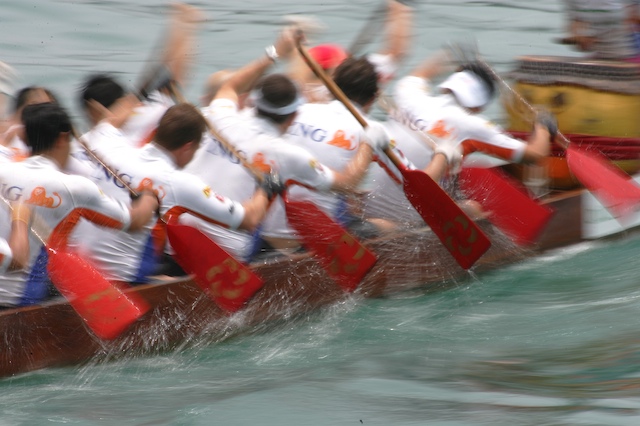
It’s a simple matter of fact that many Westerners are heavier than their Chinese colleagues, which means their boats lie deeper in the water and encounter more water resistance. So, in the mid-1970s an expat race category was introduced the first time at the Stanley Festival race in the far south of Hong Kong Island.
By the end of the 1970s, ladies were allowed to participate, too.
In Chinese mythology, dragons are always male. The female can only be the dragon’s bride – a phoenix. When ladies first started racing, they took to the water in phoenix boats. Nowadays, these are seldom seen.
Depending on who’s organising the races, teams can be split into Chinese and expat, with these again divided into men only, women only and mixed categories.
Soon, new categories were bobbing up in Hong Kong as the races grew in popularity. There are now corporate teams, which are formed by companies who want to offer some team-building activities or by employees themselves. Professional teams mainly come from registered sporting clubs or associations, where sport is taken seriously. These guys can end up training three times a week throughout the year.
(by Henning Wiekhorst – as written in his book “Hong Kong – Mother of Dragons”)

